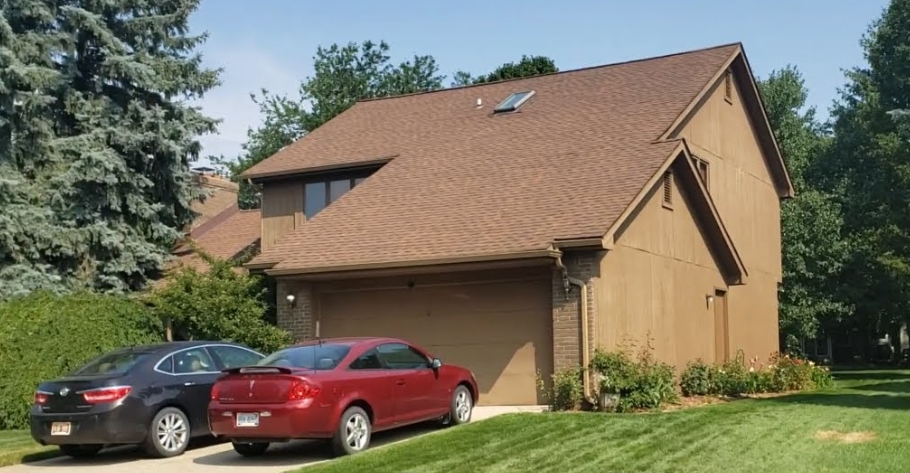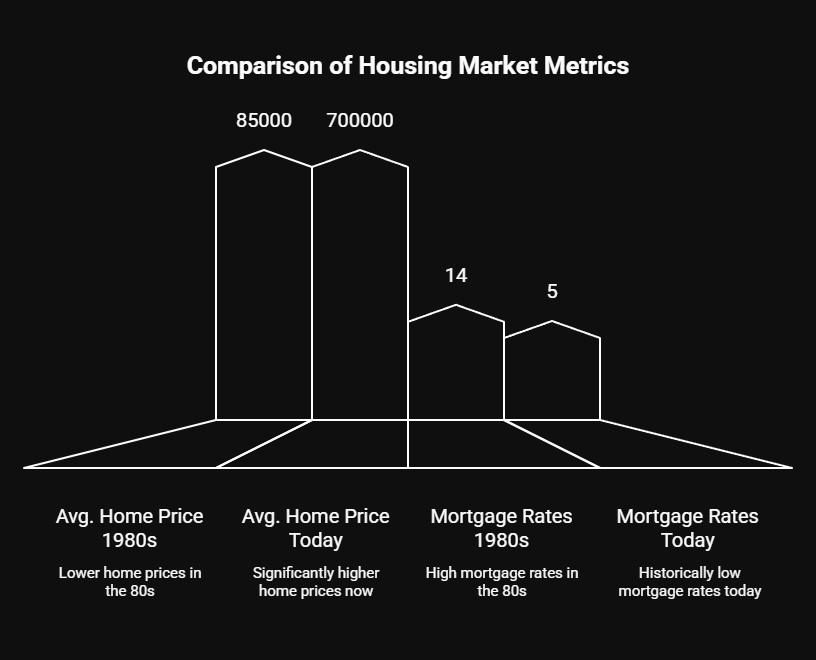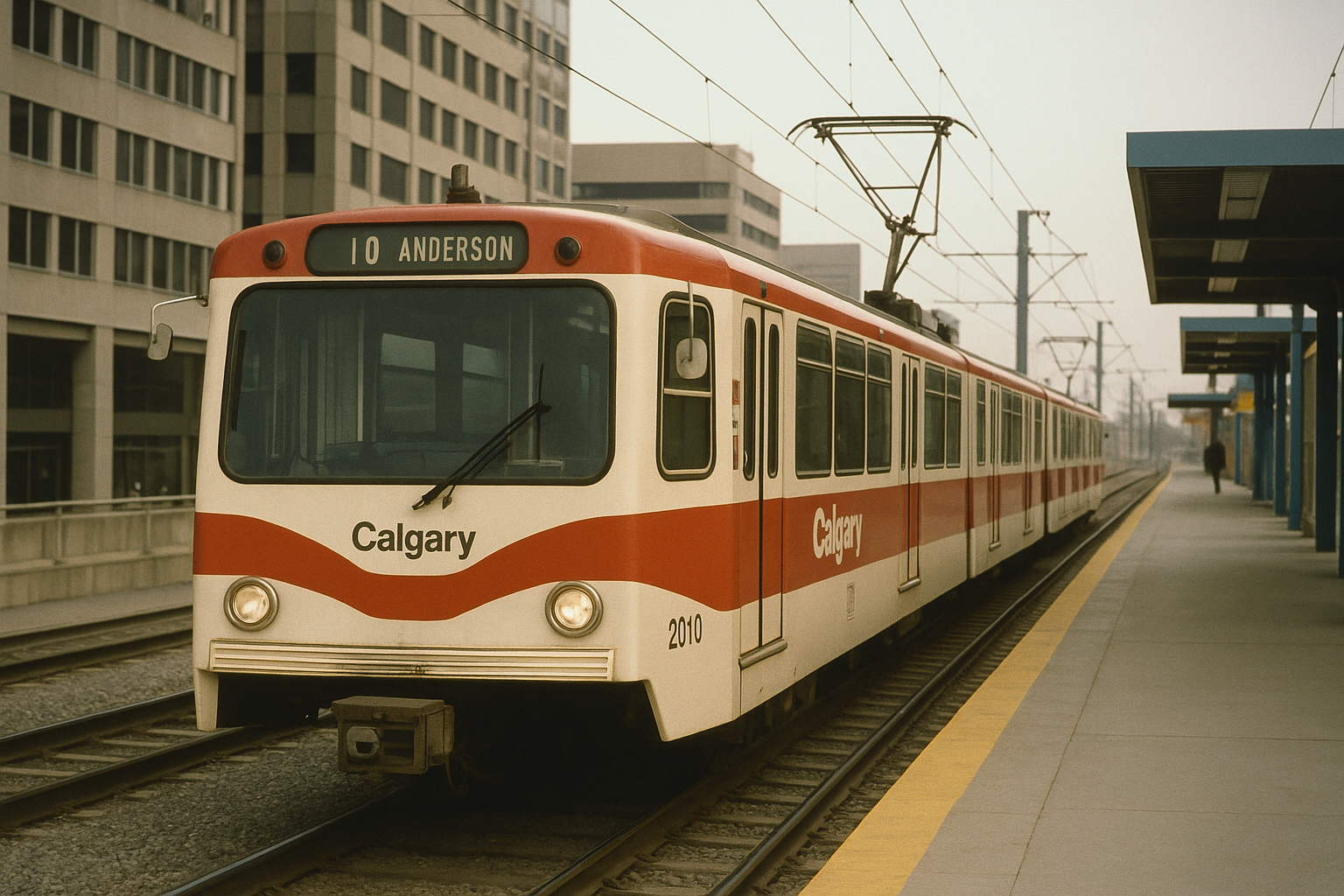Calgary in the 1980s: Boom, Bust & Cultural Maturation
Homes, Communities & Opportunity
The 1980s were a decade of extremes in Calgary. The city started off riding high on the last waves of the oil boom, only to hit a sharp downturn midway through. But what followed was a shift in mindset: smarter urban planning, a growing cultural scene, and a move toward economic diversification. As both a real estate advisor and builder, I look at this decade as the moment Calgary started maturing beyond its boomtown reputation.
The Economy: From Soaring to Sober
Early in the decade, oil prices hit record highs. Calgary’s downtown expanded quickly with glass towers and high-end offices. But the 1982 oil price collapse—and the introduction of the National Energy Program—hit hard. Thousands lost jobs. Home prices dropped. Foreclosures spiked. Yet even in that downturn, Calgary showed resilience. New businesses emerged. The city began investing in other sectors like tech, education, and finance.
Suburbs Evolve, Infill Begins
The growth of the ‘60s and ‘70s suburbs continued, but with more thoughtful design and densification. New communities like Somerset, Mckenzie Lake, and Ranchlands featured better-integrated amenities, larger family homes, and a stronger focus on nearby recreation. Meanwhile, inner-city areas like Killarney, Altadore, and Tuxedo Park began to see the first signs of infill development—a trend that would define the next three decades.
Architecture & Design Trends
The 1980s brought a unique architectural blend: bigger two-storey homes, dramatic vaulted ceilings, and a love  for skylights and sunken living rooms. Stucco, vinyl siding, and brick trims were everywhere. Many of today’s character renovations come from these builds—and smart upgrades can modernize without losing their retro charm.
for skylights and sunken living rooms. Stucco, vinyl siding, and brick trims were everywhere. Many of today’s character renovations come from these builds—and smart upgrades can modernize without losing their retro charm.
Real Estate Snapshot: Then & Now
-
1985 Average Home Price: ~$85,000
-
Average Household Income: ~$33,000/year
-
Mortgage Rates: Often over 10%, peaking near 18% mid-decade
-
2024 Value: $600K–800K+ for well-located 1980s homes
Despite the financial rollercoaster, homes bought in the '80s delivered long-term gains. Properties in areas like Lake Bonavista, Brentwood, and Edgemont have seen substantial appreciation.
Lifestyle Anchors
This decade saw Calgary become more than just a corporate and energy hub.
-
The Saddledome opened in 1983, hosting the Calgary Flames and countless cultural events.
-
C-Train expansion brought real commuter rail to more communities, shaping where people chose to live.
-
The Calgary Winter Olympics announcement (1981) sparked civic investment and global interest.
-
Big box retail entered the scene: Costco, Canadian Tire expansions, and suburban malls changed how Calgarians shopped.
The 1980s was a transformative decade for Calgary, marked by economic expansion, rapid growth, and a cultural shift. Many businesses from that era still have a lasting impact today, and some even started in the 1980s, setting the foundation for industries that would define the city’s future. Let’s take a look at some notable businesses and institutions that began or grew significantly in Calgary during the 1980s:
WestJet Airlines (Founded in 1984)
WestJet was founded in Calgary in 1984 by a group of entrepreneurs, initially offering low-cost flights to destinations across Western Canada. Today, it’s one of Canada's largest airlines and a major player in the global aviation industry. WestJet’s headquarters are still based in Calgary, and it has significantly contributed to the city’s role as an aviation hub.
Peter’s Drive-In (Founded in 1983)
Peter’s Drive-In has been a beloved fast food institution in Calgary since the 1980s. It quickly became known for its large portions of classic burgers, fries, and milkshakes at affordable prices. Located on Edmonton Trail, it's a go-to spot for locals and visitors alike, with a retro vibe that still resonates today.
Sears Canada (1980s Expansion in Calgary)
Sears Canada, while originally a part of the American Sears chain, expanded its presence in Calgary throughout the 1980s. Though Sears Canada closed its doors in 2017, its legacy as one of the city’s major retail stores during the ‘80s lives on in the memories of many. Sears was particularly prominent in major malls like Marlborough Mall and Chinook Centre.
Chinook Centre (Expanded in the 1980s)
Opened in 1960, Chinook Centre underwent a major expansion in the 1980s, becoming one of the largest shopping malls in Calgary. This expansion brought in new retailers, a new food court, and made Chinook a central shopping destination for Calgarians. It has continued to thrive, attracting major brands over the years. Chinook Centre is still Calgary's largest retail mall.
Boston Pizza (Expanded significantly in the 1980s)
Boston Pizza, originally founded in 1964 in Edmonton, began its rapid expansion across Canada in the 1980s, including numerous locations in Calgary. Known for its casual dining atmosphere, pizza, and pasta offerings, it became a go-to chain for families. By the end of the 1980s, Boston Pizza had established itself as a major player in the Canadian restaurant scene.
Other Notable Businesses & Developments in Calgary in the 1980s:
The Calgary Flames (NHL Team) (Relocated in 1980)
Though the team had been established in Atlanta, the Calgary Flames officially moved to Calgary in 1980, becoming the city’s beloved NHL team. Their presence in the 1980s helped to fuel the city’s cultural growth, as hockey became a central part of Calgary’s identity. The Flames also contributed to the city's thriving sports culture, which continues to this day.
Calgary Stampede Expansion (1980s)
The Calgary Stampede, already a well-established event by the 1980s, saw major expansion during the decade, attracting bigger crowds, international visitors, and expanding its programming. This helped solidify Calgary’s status as a key cultural and tourist hub in Canada.
TransCanada Pipelines (1980s Growth)
While TransCanada Pipelines (now TC Energy) was founded earlier, the 1980s were a pivotal period for the company as it expanded its infrastructure. Calgary solidified its position as a major energy capital in North America during this time. TC Energy remains a significant player in the energy industry today.
Canada Olympic Park (COP) (Opened 1988)
The Calgary Olympic Park (now known as WinSport), which was built for the 1988 Winter Olympics, played a major role in transforming Calgary's recreational and sporting landscape. It remains a key part of the city's sports tourism, offering skiing, bobsledding, and various other winter sports activities year-round.
Calgary’s Economic Boom in the 1980s:
The 1980s were a pivotal time for Calgary's economy. The city experienced a real estate boom, fueled by the energy sector. The population swelled, and businesses responded to the growing demand for housing, services, and amenities. The city transformed from a sleepy prairie town to a major urban center.
Other 1980s Business Trends in Calgary:
-
Tech and Innovation: Although Calgary wasn't the tech hub it is becoming now, the 1980s saw the initial stirrings of technology and energy innovation, especially in the growing energy sector.
-
Retail Chains and Expansion: During the '80s, Calgary saw the arrival of many national retailers such as The Gap, Shoppers Drug Mart, and Safeway, which reshaped the city’s retail landscape.
-
Cultural Expansion: The Calgary Arts scene began to boom, with the founding of the Glenbow Museum's new location in 1985, as well as the Calgary International Film Festival, which began in the 1980s and has since grown into one of Canada’s major film festivals.
The 1980s were a key decade for Calgary as it evolved from a resource-driven city to a more diverse urban center with growing industries in retail, hospitality, and entertainment. Many of the businesses that started or expanded in the '80s have become iconic pillars of Calgary's modern identity.
Visual Insights
Think: split-level with red brick, arched windows, and a sunken family room. Add in a backyard with a deck, and you’ve got the blueprint for many Calgary homes still thriving today.
Recalibration
| Metric | 1980s Insight | Today’s Market |
|---|---|---|
| Avg. Home Price | ~$85,000 | $600K–800K+ |
| Mortgage Rates | 10–18% | Historically low by comparison |
| Suburb Trends | Bigger homes, mature trees | High resale with reno potential |
| Investment Takeaway | Learned resilience from downturns | Strong base for equity today |

The 1980s were Calgary’s wake-up call. From oil highs to economic recalibration, it was the decade that built character—in its people, in its planning, and in its properties.
Let’s Connect
Exploring a home from the '80s or looking to invest in a classic Calgary community? Let’s talk options.

Dusko Sremac – Calgary REALTOR®
Dusko Sremac brings a builder’s insight and a strategist’s mindset to Calgary real estate—especially when it comes to legacy homes and market resilience. With deep knowledge of Calgary’s economic cycles, Dusko helps clients spot long-term equity in overlooked eras like the 1980s.
From red-brick split-levels in mature suburbs to inner-city infill opportunities, Dusko understands the real estate story behind each home. Whether you're buying, renovating, or investing, he’ll help you turn market history into future value.
Cell: 403-988-0033 | Email: dusko@repyyc.com


Leave A Comment